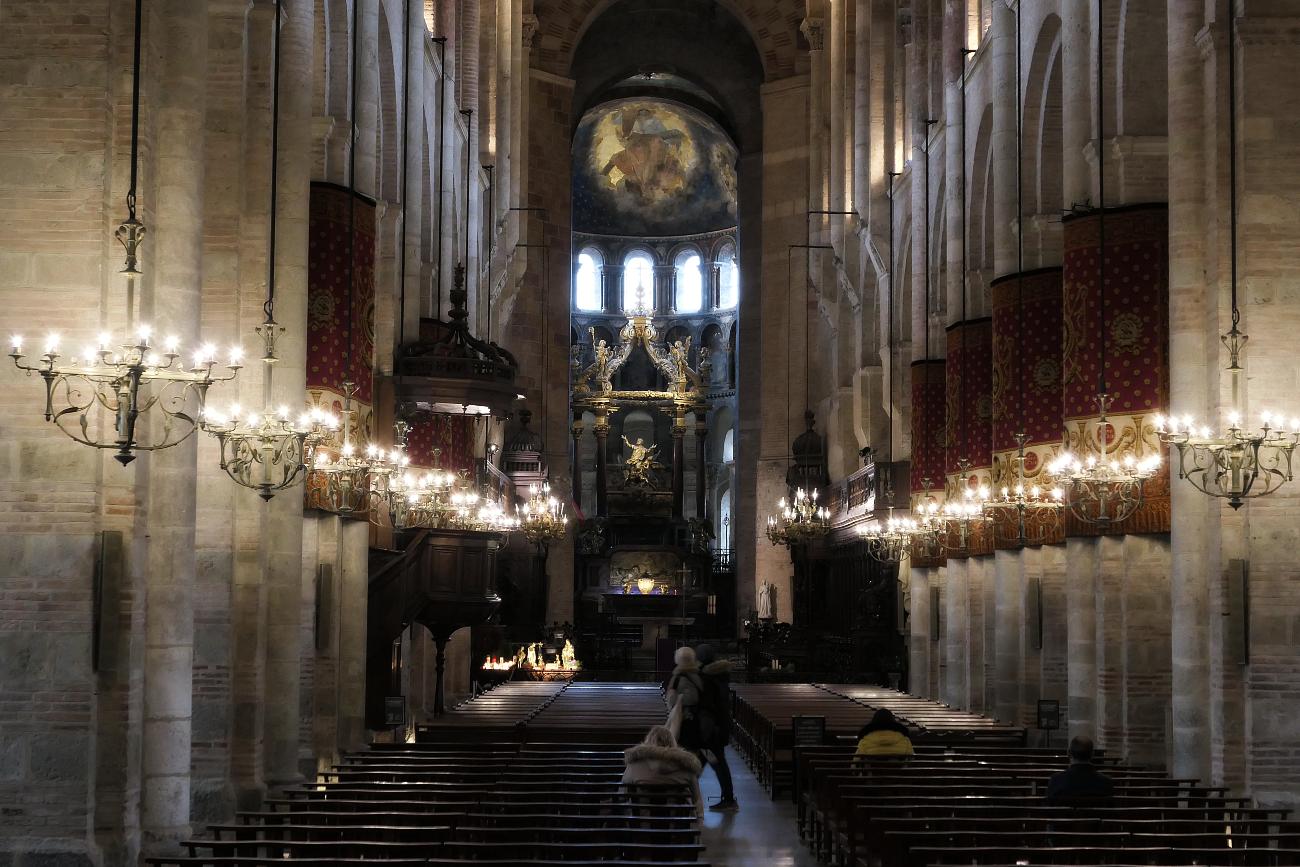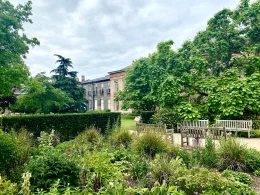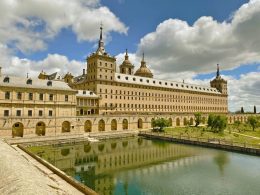The history of the Basilica Saint-Sernin is as captivating as its architectural splendour.
Construction of the basilica began in the 11th century, around 1080, and spanned several centuries, reaching completion in the 17th century.
Dedicated to Saint Saturnin, the first bishop of Toulouse, who was martyred in the 3rd century, the basilica was built to house his relics and serve as a pilgrimage site. Its strategic location along the Via Tolosana, one of the pilgrimage routes to Santiago de Compostela, contributed to its prominence and attracted pilgrims from across Europe.
Throughout its long history, the Basilica Saint-Sernin bore witness to various architectural influences and modifications. The original Romanesque design evolved over time, incorporating Gothic elements, such as the addition of the ambulatory and radiating chapels. The basilica’s significance also extends to its role as a stop on the pilgrimage route, contributing to the economic and cultural development of Toulouse during the medieval period.
The basilica survived the turbulence of the French Revolution and underwent subsequent restorations, preserving its historical and religious importance for generations to come. Today, visitors can immerse themselves in the layers of history within the walls of this venerable structure, connecting with the spiritual and cultural tapestry of the past.
Visiting the Basilica Saint-Sernin in Toulouse was a captivating journey into the heart of medieval architecture and religious history. From the moment I approached the grand entrance, the sheer magnificence of this Romanesque masterpiece took my breath away.
The basilica, dedicated to Saint Saturnin, boasts an impressive exterior adorned with intricate carvings and a distinctive octagonal bell tower that dominates the skyline. As I stepped inside, the soaring nave and majestic columns created an awe-inspiring atmosphere that immediately transported me back in time.
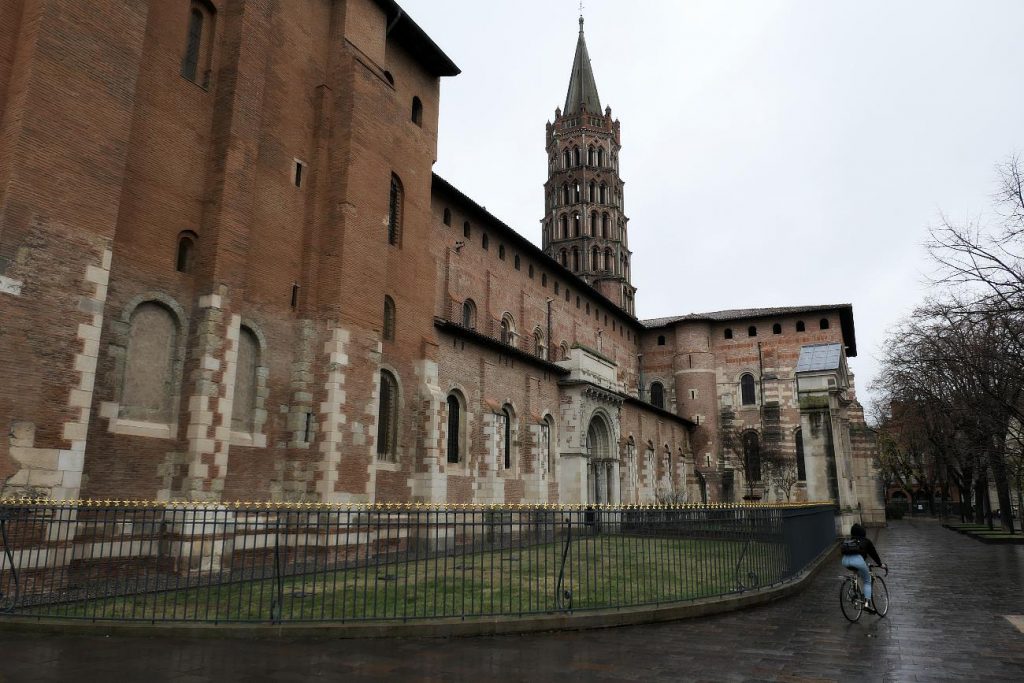
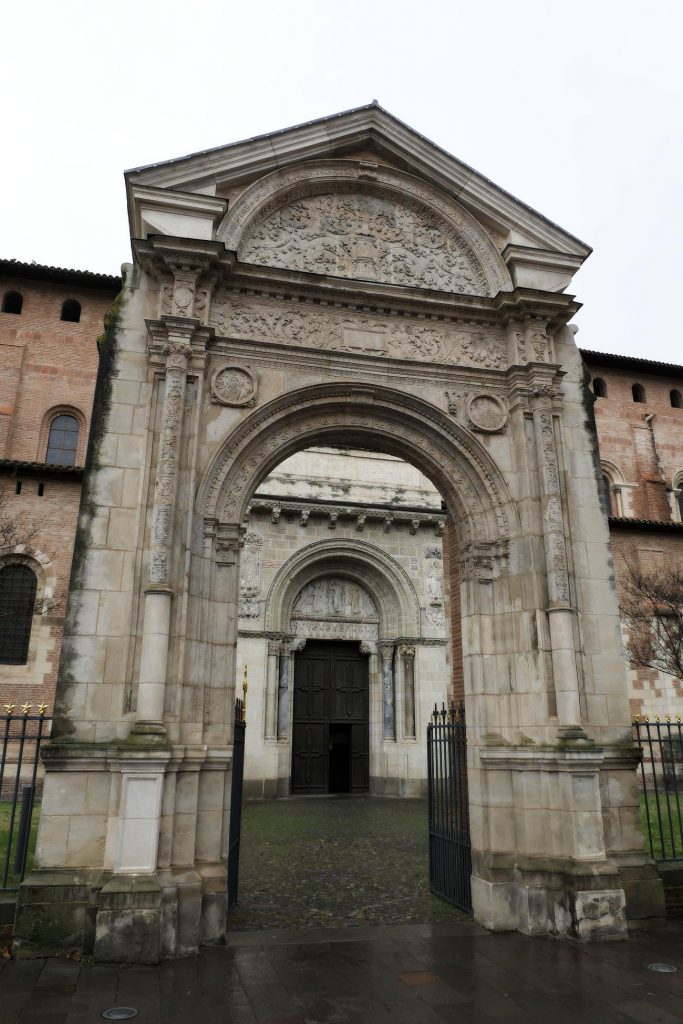
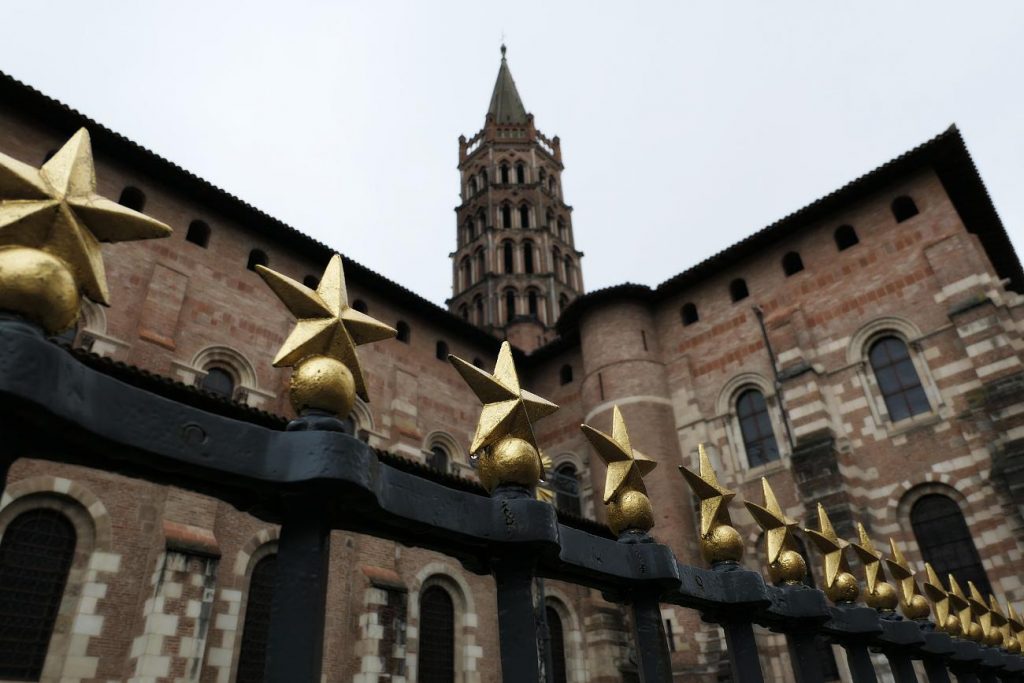

The interior of the Basilica Saint-Sernin is a testament to the skill and craftsmanship of the artisans who dedicated themselves to its construction. The nave, bathed in the warm glow of sunlight filtering through stained glass windows, exudes a serene and spiritual ambiance.
The intricately designed capitals of the columns tell biblical stories and showcase the artistic prowess of the Romanesque period. Exploring the ambulatory and side chapels revealed hidden gems, including the captivating reliquary containing the remains of Saint Saturnin himself.
This spiritual focal point added a profound layer of meaning to my visit, connecting me on a personal level with the rich history of the basilica.
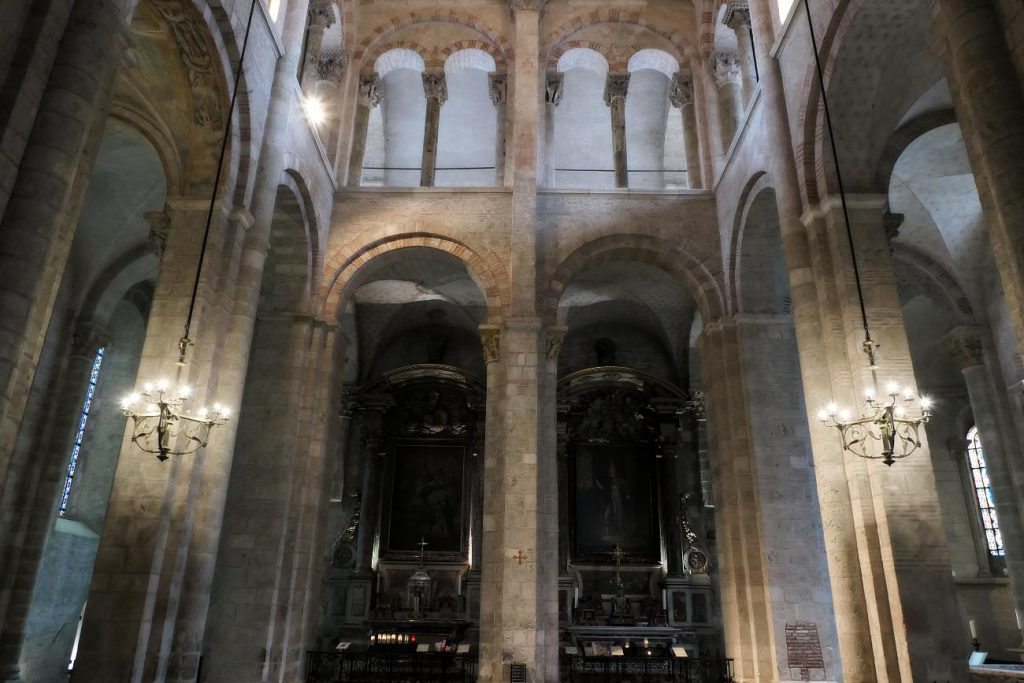
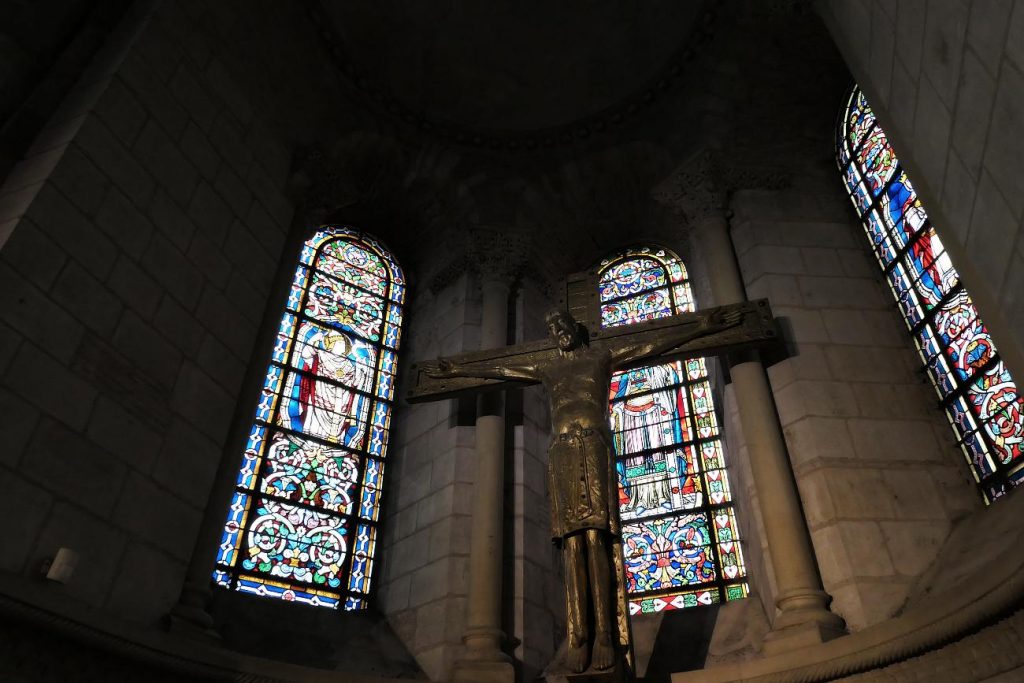

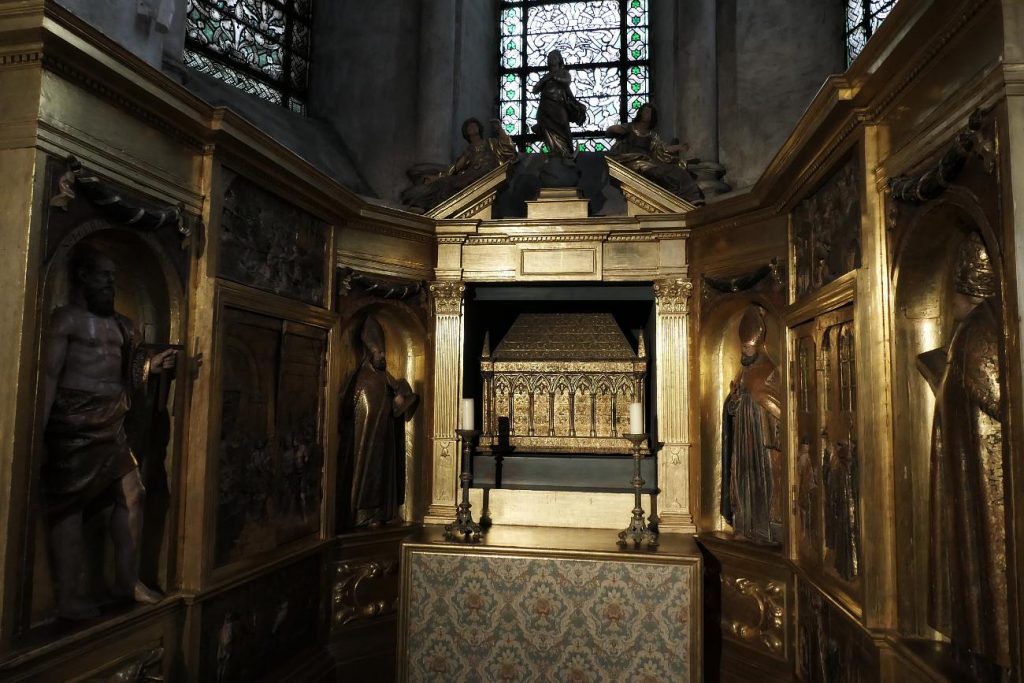
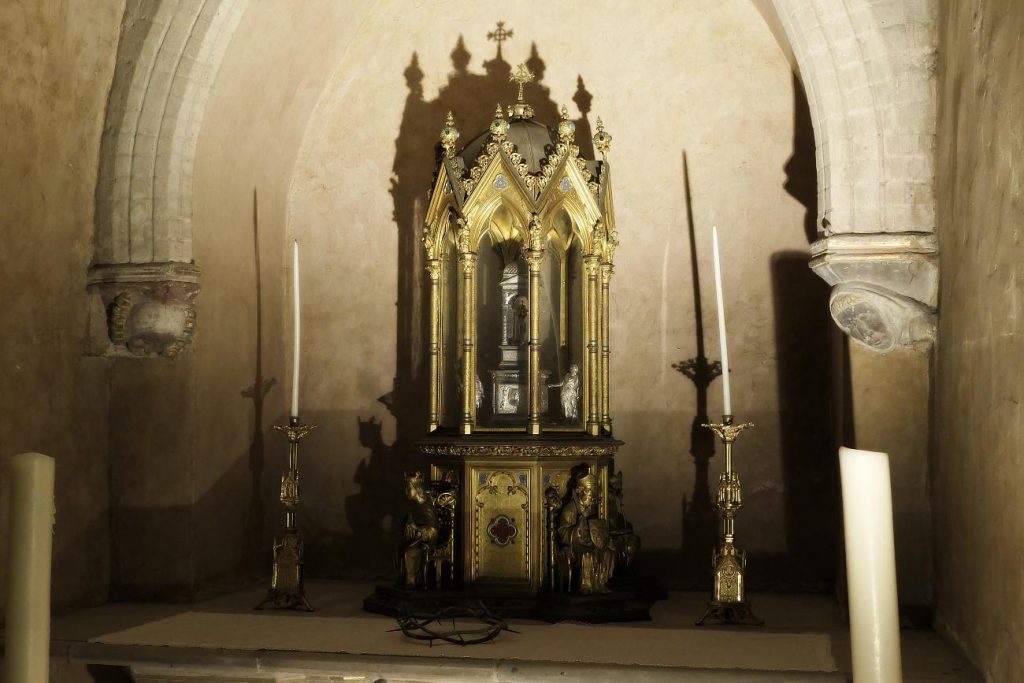
One of the highlights of my visit was ascending the stone staircase to the upper galleries. From this vantage point, I gained a unique perspective of the basilica’s architecture and the intricate details that might be easily overlooked from ground level.
The views of the nave and the city of Toulouse beyond were breathtaking, providing a moment of reflection on the passage of time and the enduring beauty of this sacred space.
The Basilica Saint-Sernin also serves as a cultural repository, housing a collection of religious artifacts and art that further enriches the visitor’s experience. From ancient manuscripts to intricately crafted liturgical items, the basilica’s treasury is a treasure trove of history and artistic achievement.
The presence of knowledgeable guides and informative exhibits ensured that my exploration was both educational and engaging. My visit to the Basilica Saint-Sernin was a truly enriching experience that surpassed my expectations. The combination of architectural grandeur, historical significance, and spiritual resonance made it a journey through time and a deep dive into the cultural heritage of Toulouse.
Whether you are a history enthusiast, an art lover, or a seeker of spiritual connection, the Basilica Saint-Sernin offers a captivating glimpse into the past and an opportunity for contemplation in the present.
- Address: Basilica of St. Sernin, 7 Pl. Saint-Sernin, 31000 Toulouse, France
- Architect: Eugène Viollet-le-Duc
- Architectural style: Romanesque architecture
- Website: https://basilique-saint-sernin.fr/



